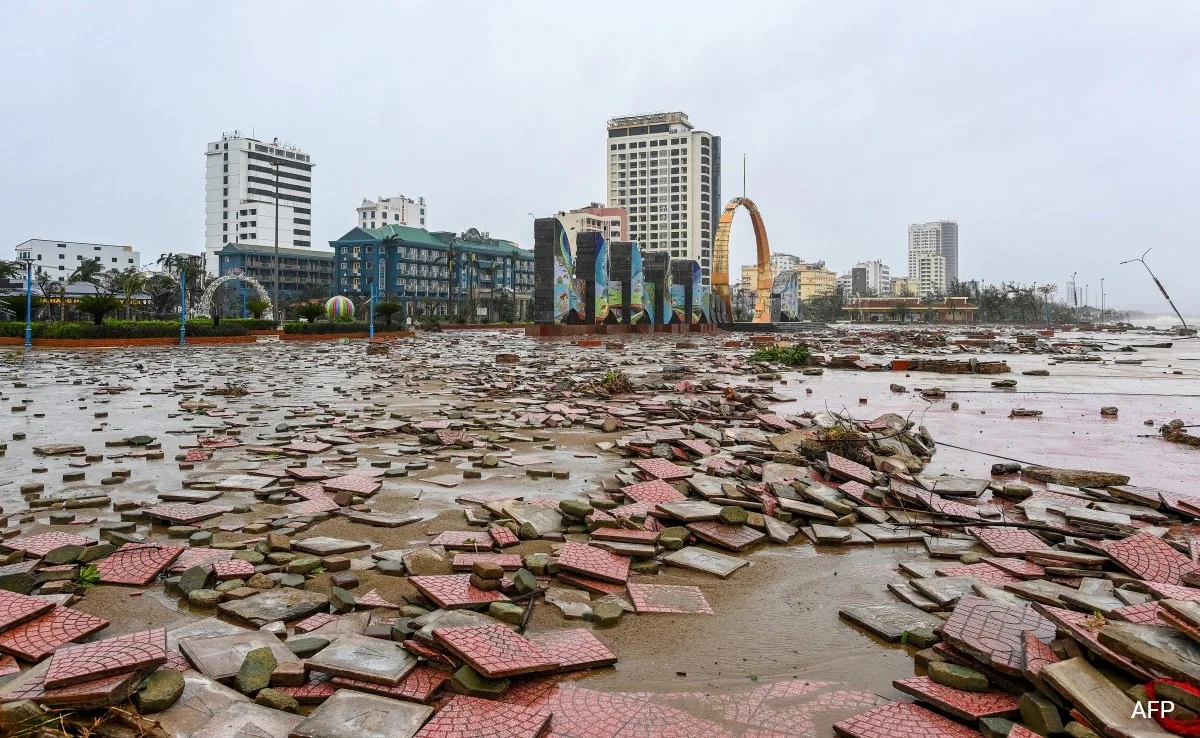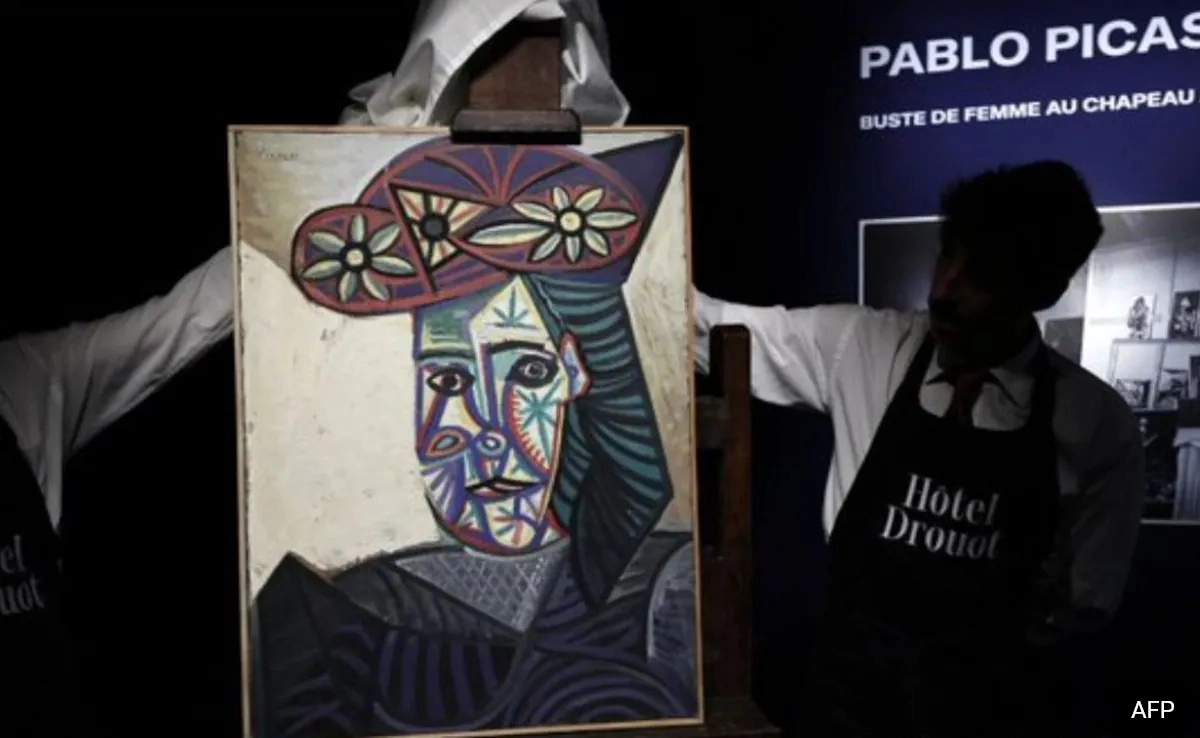Iran’s Supreme Leader, Ayatollah Ali Khamenei, is reportedly living in a state of heightened security, confined to a bunker-like environment. This shift in his lifestyle appears to be influenced by a combination of internal and external pressures that have prompted him to adopt a more cautious approach. Amidst this backdrop, Khamenei has reportedly identified three potential successors who could take over leadership should he become incapacitated or pass away. The selection of these individuals is significant, as it may shape the future of Iran’s political landscape and its relations with the world.
The three potential successors are believed to be key figures within the Iranian political establishment, each with their own ideologies and visions for the country. These names are being closely monitored by both domestic and international observers, as any transition in leadership could lead to substantial changes in Iran’s foreign policy, particularly regarding its contentious relationship with the West. The successors are expected to maintain Khamenei’s core principles, but their differing approaches could influence how Iran navigates challenges such as economic sanctions, regional conflicts, and nuclear negotiations.
Khamenei’s retreat into a bunker might also reflect concerns over his health and the growing dissent within Iran. Protests and unrest have surged in recent years, challenging the regime’s authority and calling for reform. This atmosphere of instability may have prompted Khamenei to consider a succession plan, ensuring that power remains within a select group that aligns with his ideological framework. As Iran faces mounting challenges both domestically and internationally, the decisions made regarding leadership succession will be pivotal in determining the nation’s trajectory in the coming years.
In conclusion, the situation surrounding Ayatollah Khamenei and his potential successors is a critical point of observation for those invested in Iran’s future. The interplay of Khamenei’s security measures, the selection of successors, and the broader context of political unrest creates a complex narrative that will likely evolve as circumstances change. The world watches closely, as the implications of these developments could reverberate far beyond Iran’s borders, affecting geopolitical dynamics in the Middle East and beyond.




